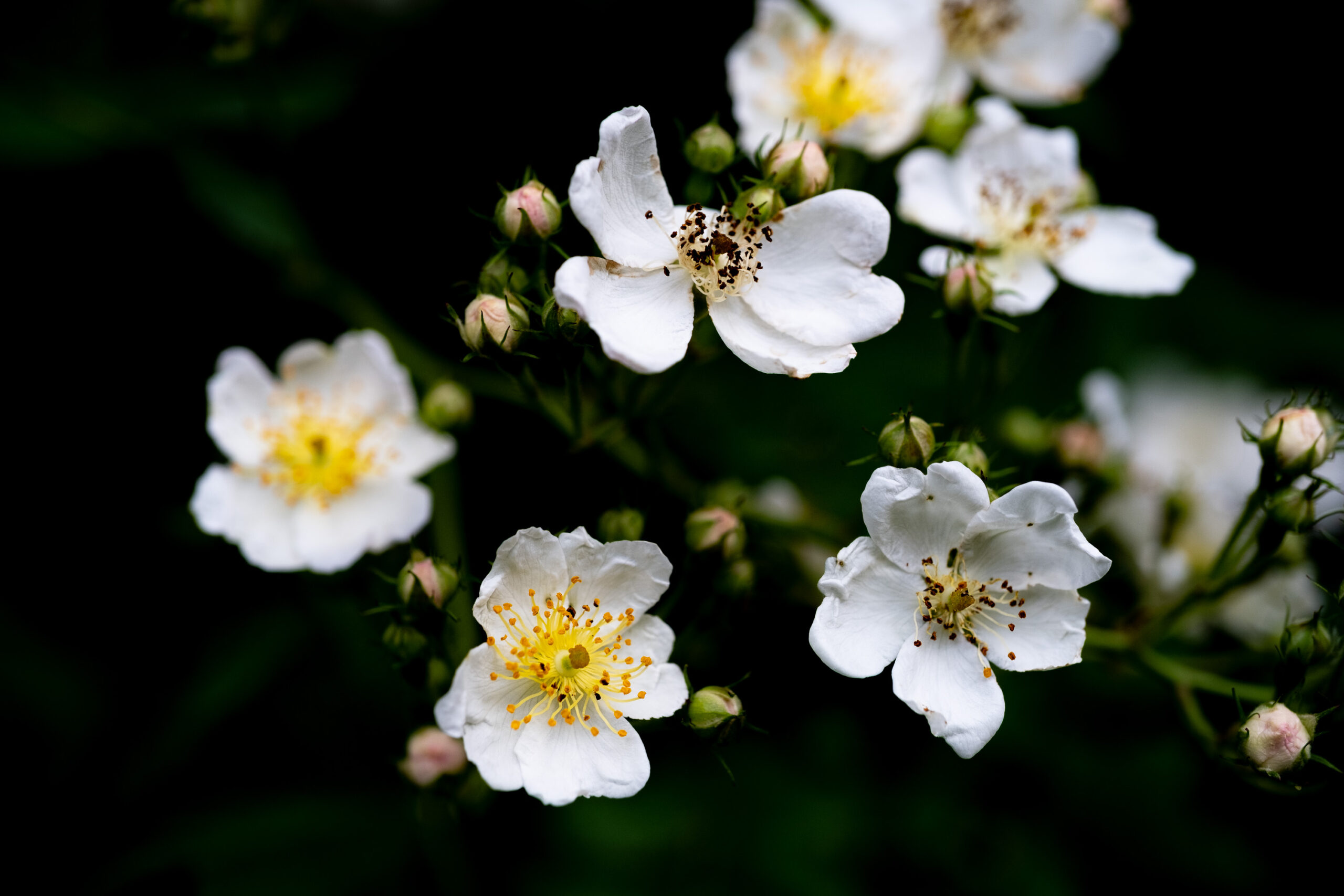When it comes to printing, paper is essential. It helps the print to come alive.
The selection of paper and it’s contribution to the print has significantly changed in the digital workflows. If I remember the darkroom era, it was pretty much limited to finish characteristics (glossy, pearl, mat), a little bit tonality (warm/cold), graduation, paper weight and size.

Today it’s an incredible variety of options – adding the paper surface as an additional element of “design”, from modern metallic looks to mimicking the paper characteristics of art paper that has been used through the centuries.
Tonality of paper can give the ultimate “kick” to black and white prints, papers with “deckle” edges allow for the paper itself to “shine”.

Hand crafted papers with surface characteristic that goes beyond description add an additional layer of physicality. It wants you to keep the print outside any frame, just to experience the look – very directly, without any glass between.

Paper has reached a new realm of “physicality” and presence, if we allow it to be part of the story.
Getting sample packs and printing the same picture on each type of paper might sound like a boring, costly and time consuming exercise, but is actually a revelation – like trying out a new lens. The variety of papers – none is really alike the other – gives a complete new option to actually see your photograph.
If you are into printing, I can only recommend to enter that realm. It is as important as choosing photographic gear or the printer, and its is actually fun, because the prints will surprise you.
Looking at the charts, one might think that having paper with the highest “Dmax” levels (high density in the blacks) for black and white prints sounds logic (and it does), but seeing the black and white print on a handcrafted Washi paper (which often falls short with regard to Dmax) with ist texture adds something that the D-Max can not deliver, and that actually can not be described in words.

This goes beyond charts, we have to print and try it out.

